Under a late February supermoon, inmates form a circle in the middle of the Folsom State Prison’s athletic field alongside staff members and players from Sacramento Republic FC as both squads relive the 90-minute soccer game they’ve just finished.
The all-volunteer soccer contingent, led by General Manager Todd Dunivant, competed with inmates as part of the team’s monthly trip behind prison walls. “It’s like we’re not in prison when we’re out here,” says inmate Kelvin Chapman.
The soccer games, along with theater productions and training programs, are examples of post-incarceration programs funded by a wide range of businesses, government entities and nonprofits that are helping prepare inmates for a better post-incarceration life.
One group, the Northern California Construction & Training program, is a nonprofit that prepares transitional students by offering free training that could lead to a career in construction. “We’re giving them an option of changing their lifestyle and showing them that you can make a livable wage,” says lead instructor Jim Cline, who notes that students come from the private sector, are on probation, parole or part of the juvenile detention population.
The Marin Shakespeare Company is part of an “Arts in Corrections” program, coordinated by the California Arts Council, that is available in all 34 state prisons and produces men’s and women’s plays at eight prisons, including Folsom and San Quentin. “There’s a lot of intense moments for them to learn how to trust someone who, out in the prison yard, might not be able to talk with them,” says director Lynn Baker-Nauman.
California has one of the highest recidivism rates at 65 percent. A recent California State Auditor report identified problems with inmates reoffending after going through some of the Department of Corrections’ contracted core behavioral rehab curriculum programs. However, a department spokesperson says the report did not involve the programs mentioned here, which proponents say they’ve seen benefit inmates.
Above are a few snapshots of these programs and the people, like Dunivant, Cline and Baker-Nauman, who help these programs operate inside California’s correctional system. “This is a part of our population that is important,” Dunivant says. “We will ultimately integrate them back into society; they’re going to be our neighbors again.”



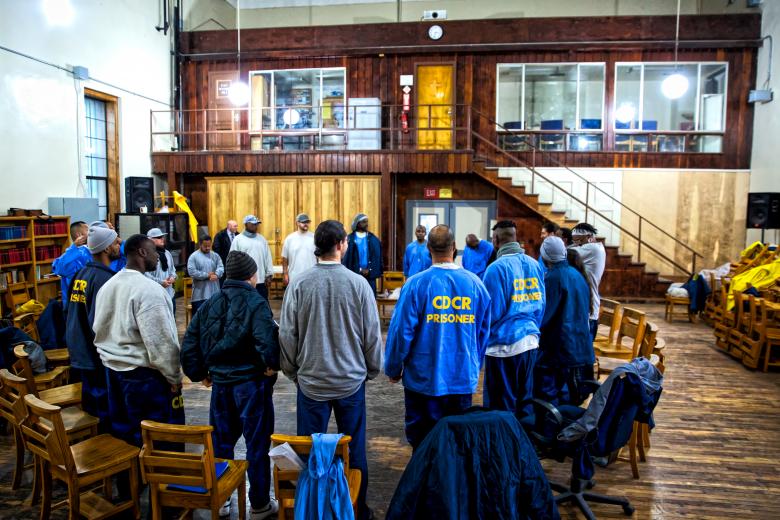

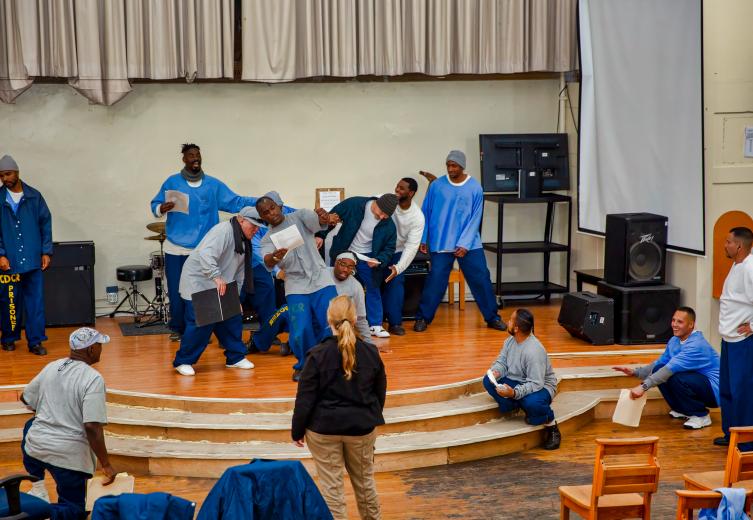
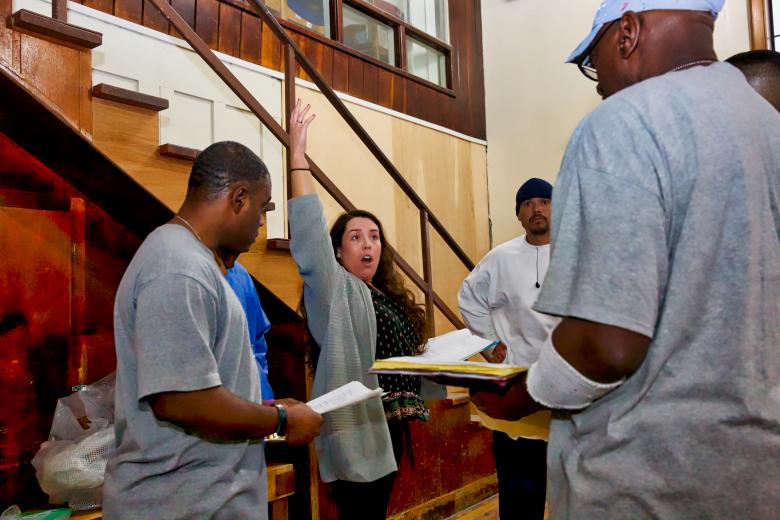


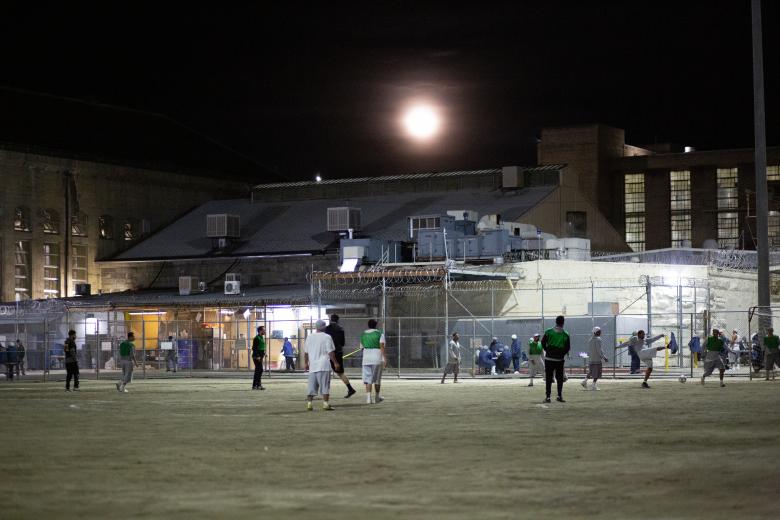


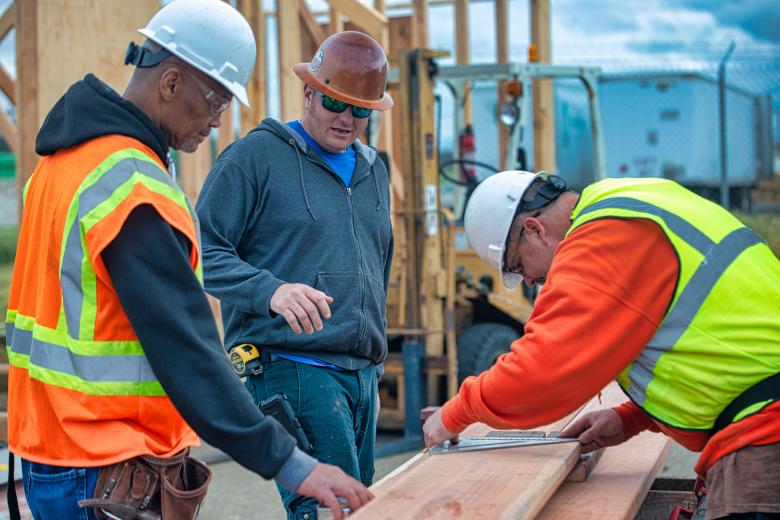
Comments
An encouraging story. Thanks, Comstock's.